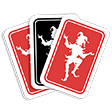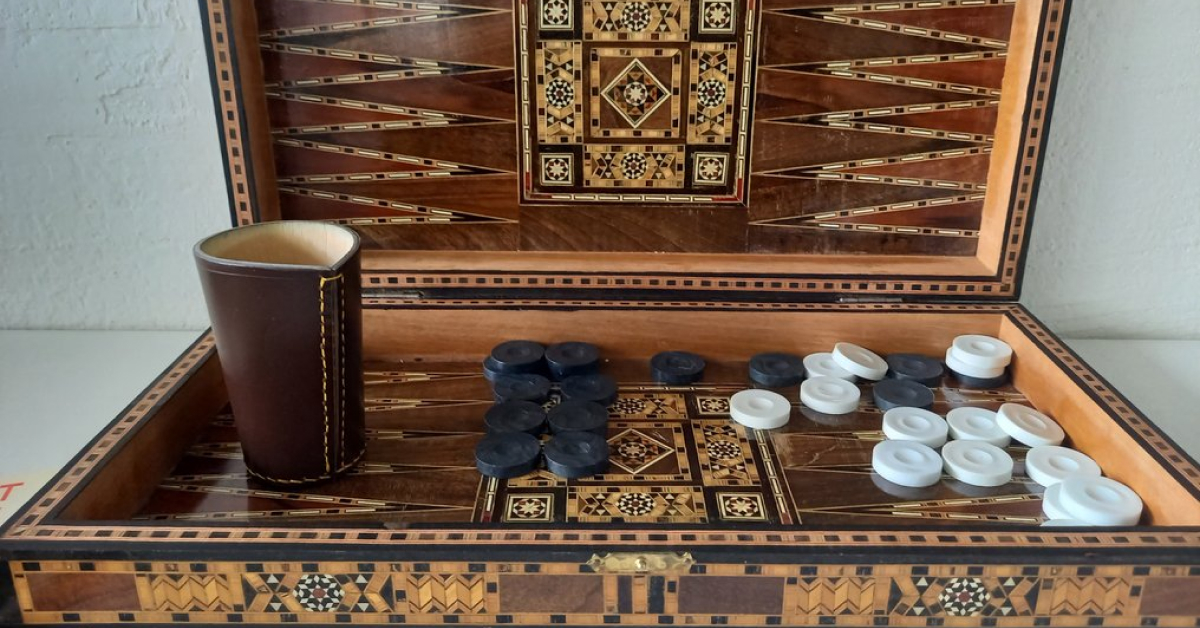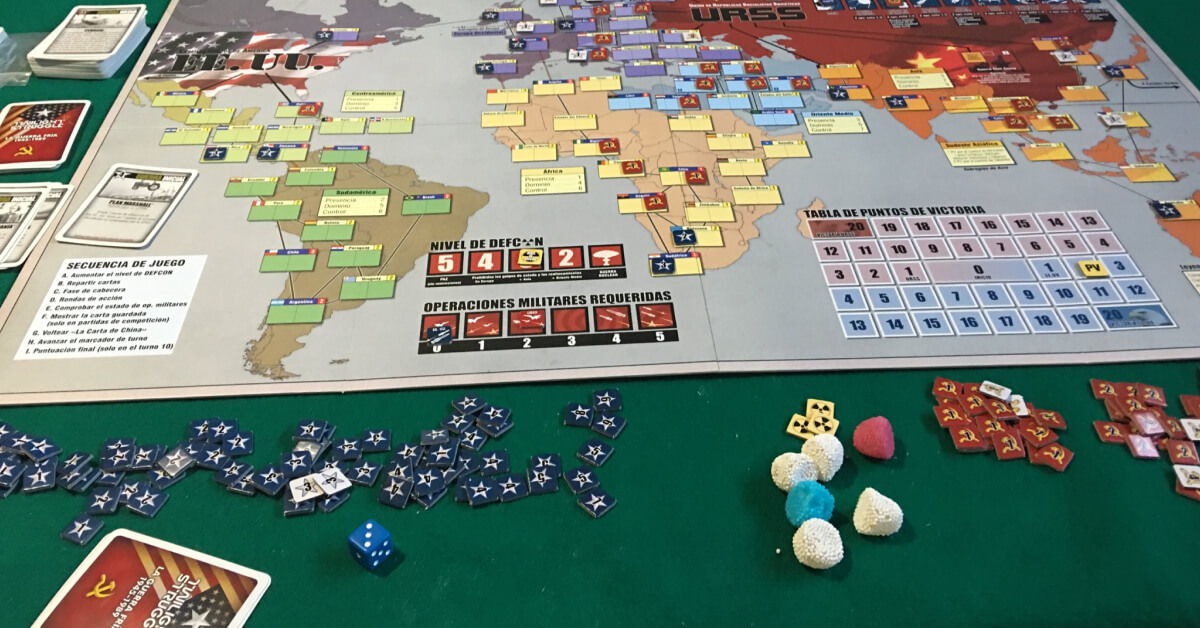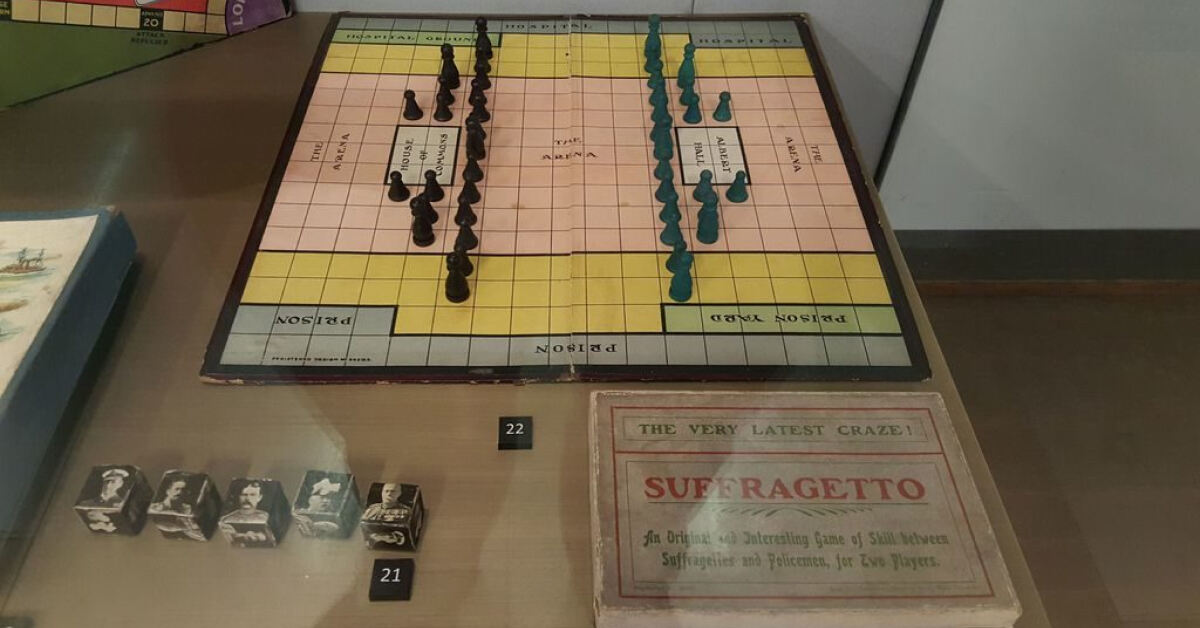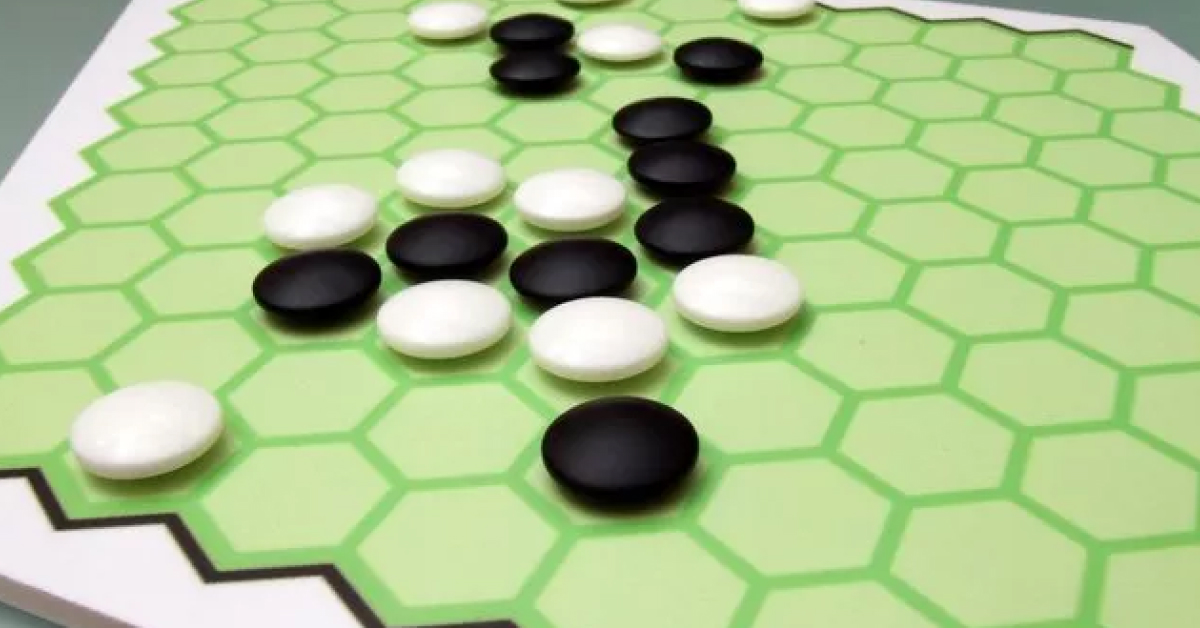Jacquet Board Game also known as Backgammon, is an ancient board game that has stood the test of time, captivating players across generations. Its origins can be traced back thousands of years, and its enduring popularity is a testament to its engaging gameplay and strategic depth. In this article, we will provide a comprehensive guide to playing Jacquet, including the game’s instructions, rules, and tips for a successful playthrough. So, gather your dice and prepare for an exciting journey into the world of Jacquet!
Objective
The objective of Jacquet is to be the first player to move all your checkers off the board, while your opponent strives to do the same. Each player controls fifteen checkers, which they must maneuver around the board’s twenty-four points in a specific pattern, aiming to reach their home board and then bear them off the board entirely.
Setting up the Board
Jacquet is played on a board divided into four quadrants, each with six triangular points, making a total of twenty-four points. The board’s central dividing line is called the bar, which separates the home and outer boards of each player. Each player’s home board is on their right side, and their outer board is on their left.
To set up the board, follow these steps
1. Place the Jacquet board between the two players, with the bar running horizontally through the middle.
2. Each player arranges their fifteen checkers on the board as follows
- Two checkers on their 24-point.
- Five checkers on their 13-point.
- Three checkers on their 8-point.
- Five checkers on their 6-point.
Gameplay
Jacquet is a game of luck and strategy, as players rely on dice rolls to determine the number of moves they can make. The players take turns, and on each turn, they roll two six-sided dice. The roll of the dice dictates the number of points the player can move their checkers. The two numbers on the dice represent separate moves, so players have the option to move two different checkers or one checker twice.
The movement of the checkers follows these rules
1. A player can move their checkers only to an open point or a point occupied by their own checkers. Points occupied by a single opponent’s checker are called “blots.”
2. If a player lands on a blot, the opponent’s checker is placed on the bar, and it must re-enter the board in their next turn.
3. Checkers must always move forward, towards the player’s home board. However, they can move to higher-numbered points in their outer board and then move towards their home board from there.
Hitting and Re-Entering
When a player has one or more checkers on the bar, they must first re-enter those checkers before making any other moves. Re-entry is done by rolling the dice and placing the checker on the corresponding point in the opponent’s home board. If the point is not open, the player misses that turn, and the checker remains on the bar.
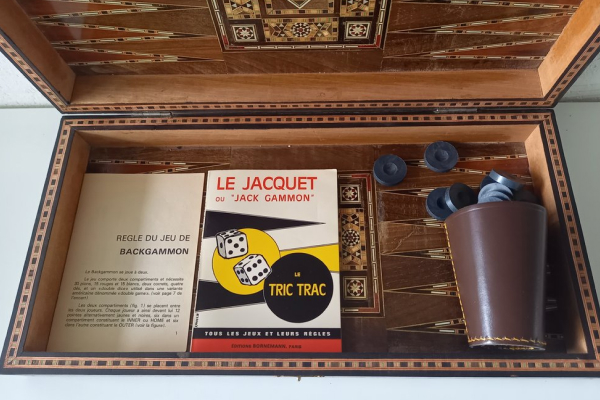
A player cannot move any other checkers until all their checkers are re-entered from the bar. Additionally, if a player’s checker is hit and placed on the bar during their turn, they cannot use the remaining dice value to move other checkers.
Bearing Off
Once a player has moved all their fifteen checkers into their home board, they can start bearing them off the board. The bearing off is done based on the dice rolls. The player must use the dice value to remove checkers from the highest numbered point that corresponds to the dice roll. If there are no checkers on the point indicated by the dice, the player can bear off a checker from the next highest point.
The first player to bear off all their checkers is the winner of the game.
Doubling Cube (Optional Rule)
For more experienced players looking for an additional layer of strategy, the Doubling Cube can be used. The Doubling Cube is a six-sided cube with the numbers 2, 4, 8, 16, 32, and 64 on its faces.
At the start of the game, the Doubling Cube is placed on the bar with the number 64 facing up. The cube can be used to double the stakes of the game, and either player can propose to double before their turn. The opponent then has the option to accept or refuse the double. If the double is refused, the opponent concedes the game and loses the current stakes. If accepted, the game continues with the higher stakes.
Players can continue to double the stakes further in the game if both agree. The cube can go up to 64 times the original stakes.
See More : Irish Board Game Rules & How To Play
Conclusion
Jacquet, or Backgammon, is a timeless board game that blends luck, strategy, and skill in an engaging and exciting way. With its ancient origins and enduring popularity, Jacquet has cemented its place as one of the most beloved board games of all time. Now that you have learned the rules and gameplay of Jacquet, gather your friends and family to experience the joy of this classic board game and unleash your strategic prowess on the Jacquet board!
